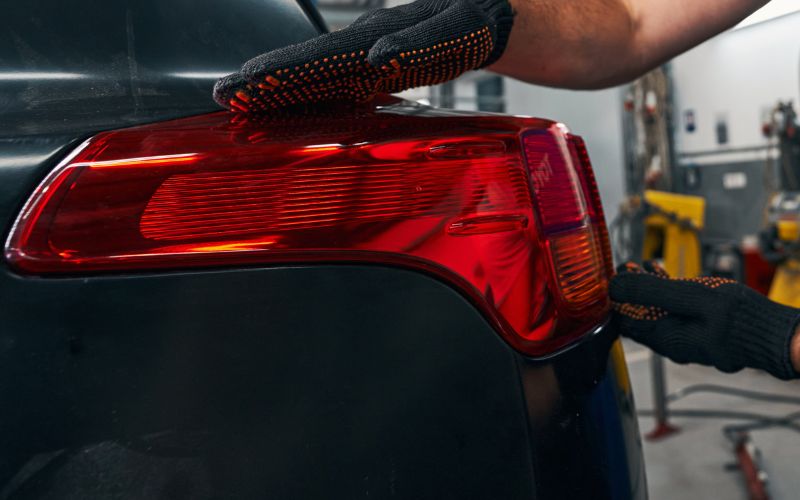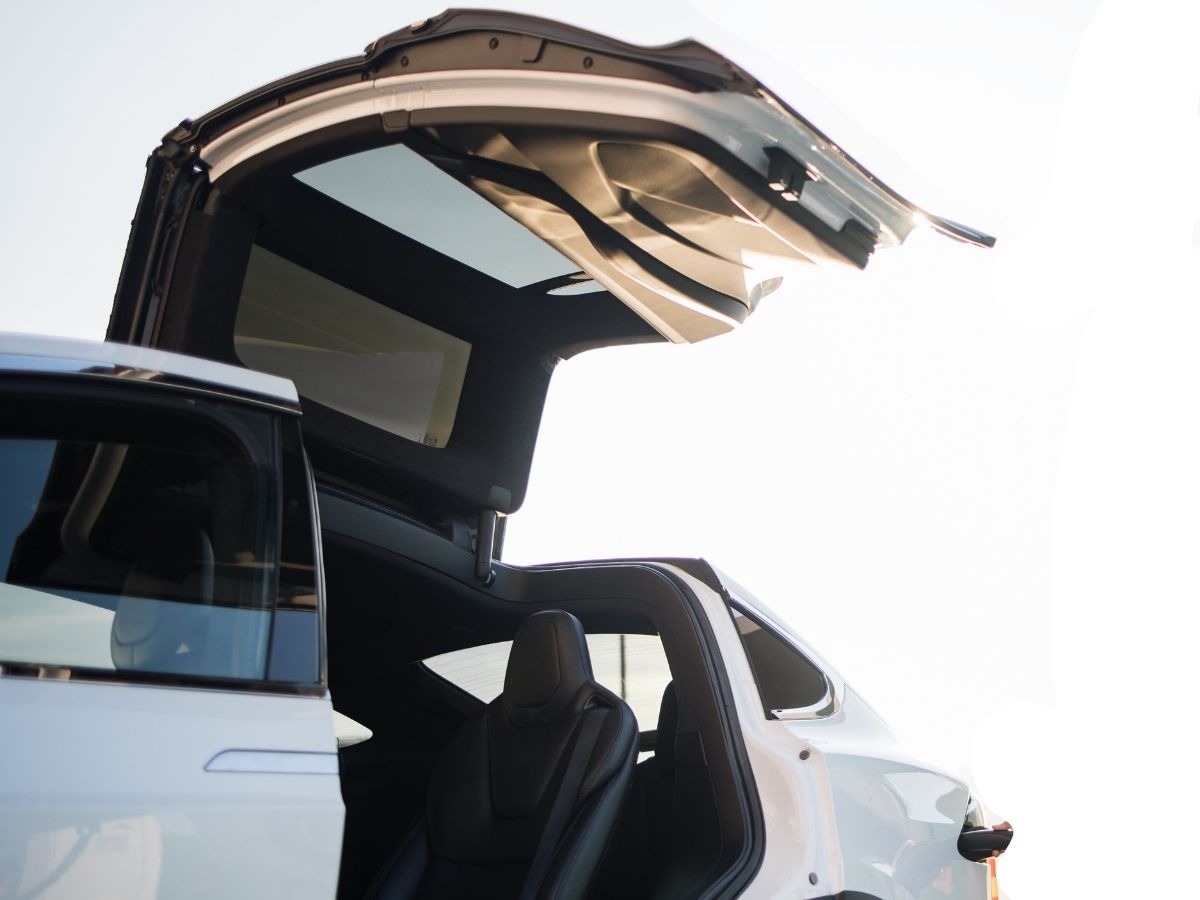Different Types of Class II automotive recalls and common examples
Automotive recalls are a common occurrence in the automotive industry. In the United States alone, thousands of cars are recalled every year due to various reasons. Class II recalls are considered less serious than Class I recalls and are issued when a vehicle or its equipment has a defect that poses a risk of injury but not death. In this article, we will discuss the different types of Class II automotive recalls and provide some common examples.
Types of Class II Recalls:
Lighting Defects:
Lighting defects can affect the safety of a vehicle, particularly in low-light conditions. In some cases, the defect may be due to a malfunctioning headlight or taillight, while in other cases, it may be due to a faulty wiring harness. In 2019, BMW issued a recall for over 257,000 vehicles due to a rear light defect that could cause the lights to flicker, potentially causing a distraction to other drivers.
Electrical System Defects:
Electrical system defects can result in a variety of issues, including the failure of various components such as the battery, alternator, or starter. In some cases, the defect may be due to a faulty component, while in other cases, it may be due to a wiring issue. In 2017, Nissan issued a recall for over 54,000 vehicles due to a potential defect in the alternator that could cause the vehicle to stall while driving.
Transmission Defects:
Transmission defects can result in a loss of power, poor acceleration, or difficulty shifting gears. In some cases, the defect may be due to a malfunctioning component, while in other cases, it may be due to a design flaw. In 2016, Fiat Chrysler issued a recall for over 1.4 million vehicles due to a defect in the transmission that could cause the vehicle to roll away while parked.
Suspension Defects:
Suspension defects can affect the handling and stability of a vehicle, particularly during high-speed driving or cornering. In some cases, the defect may be due to a faulty component such as a strut or shock absorber, while in other cases, it may be due to a design flaw. In 2020, Subaru issued a recall for over 500,000 vehicles due to a suspension defect that could cause the vehicle to drift or pull to one side while driving.
Common Examples of Class II Recalls:
Ford Fusion and Lincoln MKZ Recall:
In 2018, Ford issued a recall for over 1.3 million vehicles due to a defect in the steering wheel that could cause it to detach while driving. The recall affected several models, including the Ford Fusion and Lincoln MKZ.
Honda Odyssey Recall:
In 2018, Honda issued a recall for over 100,000 Odyssey minivans due to a defect in the power sliding doors that could cause them to open unexpectedly while driving.
Toyota Corolla and Matrix Recall:
In 2013, Toyota issued a recall for over 1 million Corolla and Matrix vehicles due to a defect in the airbag control module that could cause the airbags to deploy unexpectedly.
Class II automotive recalls are issued when a vehicle or its equipment has a defect that poses a risk of injury but not death. Lighting, electrical system, transmission, and suspension defects are some of the most common types of defects that can result in a Class II recall. The Ford Fusion and Lincoln MKZ recall, Honda Odyssey recall, and Toyota Corolla and Matrix recall are some of the most significant and well-known Class II recalls in automotive history. As a car owner, it is essential to check for recalls that may affect your vehicle and to take immediate action to address any potential recalls.










